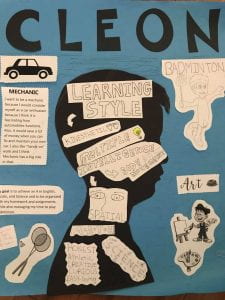Bridge Reflection
In this engineering project, we had to create a wooden bridge that will span across a 30-inch gap. It also had to be at least 5 inches wide and individual pieces had to be 1/8 of an inch thick, and of course the bridge must also be at least 30 inches long.
What we did well was the idea of gluing multiple 1/8th pieces of wood together to reinforce each individual pieces of our design. This way each part of our design is stronger and sturdier, instead of the flimsy 1/8th piece. I also thought our design was pretty good, it had 2 support wood pieces in the middle, underneath the main board and on top of it. This supported the middle point which prevent it from bending and snapping. We also added a piece of wood going straight up with strings attached from the bottom which helped the bridge by exerting the tension of the weight. That really helped our bridge hold at least 334lbs.
The areas we struggled and could have done better was the gluing of the individual 1/8th pieces. In some parts, the glue was uneven making the bridge have gaps in between the 1/8th pieces. What we could have done better was applying an even layer of glue and evenly apply pressure using the clamps. So that the pieces would have a flush finish with no gaps.
What I would change if I could go back was letting the glue settle before we continued. When we glued the middle pole piece on our bridge, the glue had not settled before we attached the strings. Meaning that the tension of the string on the very first one we attached, was already pulling one side. If the glue had settled, then the middle pole piece would be sturdy in that position and would not move when attaching the first tensioned string piece. Another thing I would go back and change was when we tested it. Although I wasn’t there, I would have continued to added weights on our bridge until it collapsed. So, we could see the maximum weight our bridge can hold, but unfortunately we stopped at 340lbs.











